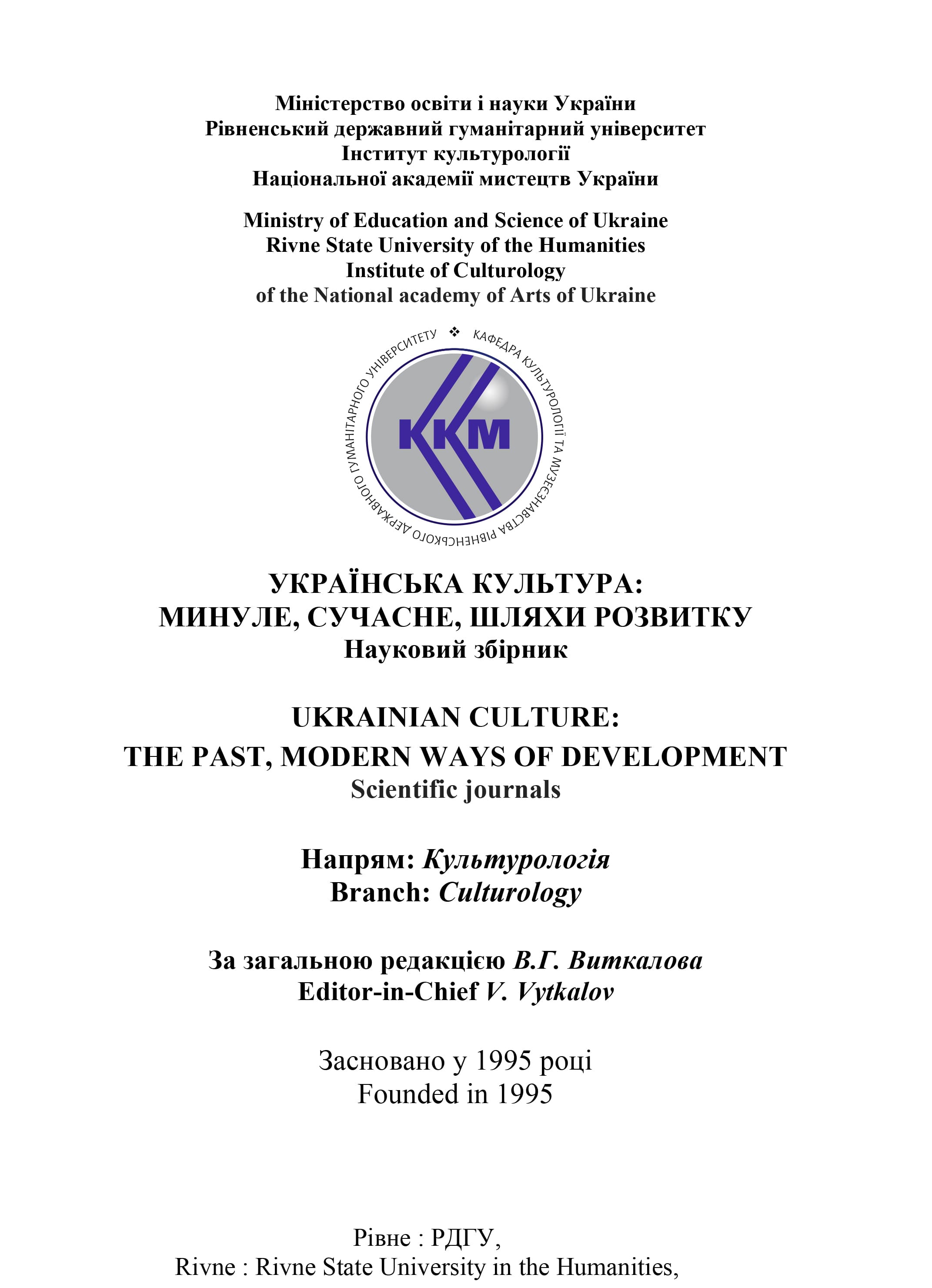THE ART FAIR AS A SPACE OF CULTURALIZATION AND SPECULATION : EXPANDING THE PERSPECTIVES OF THE ECONOMY OF CULTURE
DOI:
https://doi.org/10.35619/ucpmk.vi43.576Keywords:
art fair, fair, culturalization, cultural space, space, practices, «culture of presence», art dealer.Abstract
The aim of research is identifying the historical origins of the contemporary art fair through the prism of speculative practices and its role in the development of the space of culturalization.
The methodology of research is based on cultural optic, according to which culturalization should be generally understood as the production of values, and the method of its study should be the analysis of the practices of this production/construction.
Conclusions. Being a network of temporary localizations of art dealers, the late-modern art fair, like medieval fairs, enables and is enabled/constructed by capitalist speculative practices. These practices should be considered as such, which were and are the internal driver of the development of the economy, the expansion and complication of its spatial texture, and the associated transformation of the social space as a whole. But if medieval fairs and secularized modern financial institutions stimulated this at the expense of purely economic reinvestment of surplus capital and encouragement of monetary relations, then in the conditions of the economy of impressions, art fairs become an important tool of general socio-economic progress
precisely at the expense of unity with mass culturalization.
Novelty consists of determining the essential foundations of the contemporary art fair and rethinking of its historical development.
Practical significance. Such an analysis of the art fair makes it possible to simultaneously consider the cultural and economic dimensions of modernity and their historical progress in a long way, expanding the boundaries of the modern paradigm of the economy of culture, in particular, due to cultural and spatial optics, which the art fair actualises in both studied dimensions.




